Scientists use these to compare properties of organisms alive today with those that lived long ago
Fossils
this fossils tells me
a. where this plant lived
b. how big the leaves were
c. the environment it lived in.
d. all of the above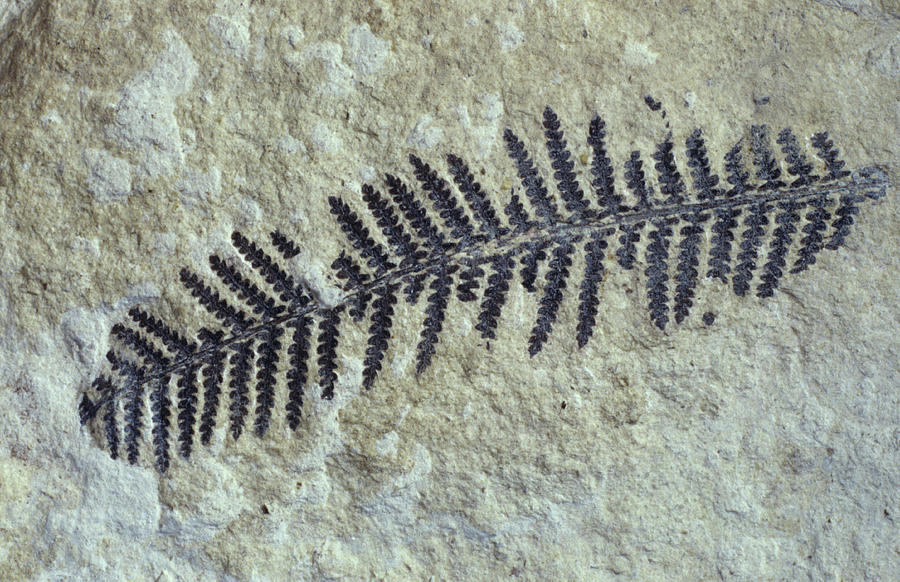
All of the above
what type of imprint fossil is this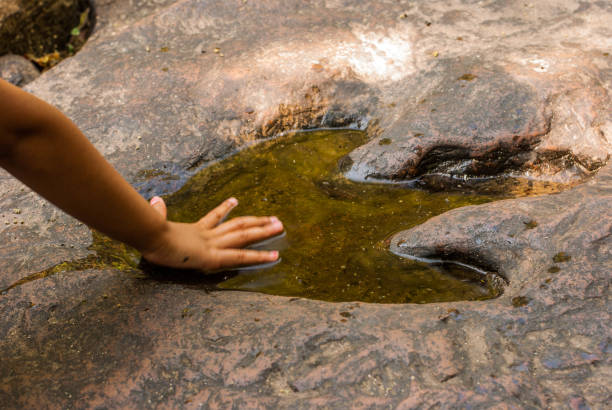
Cast Fossil
True or False
An ecosystem is made up of only LIVING things in an area.
False
what do you call abilities/characteristics of animals that help them survive where they live?
adaptations
This is an organism that lived long ago. These remains are an example of a....
a. endangered species
b. fossil
c. graveyard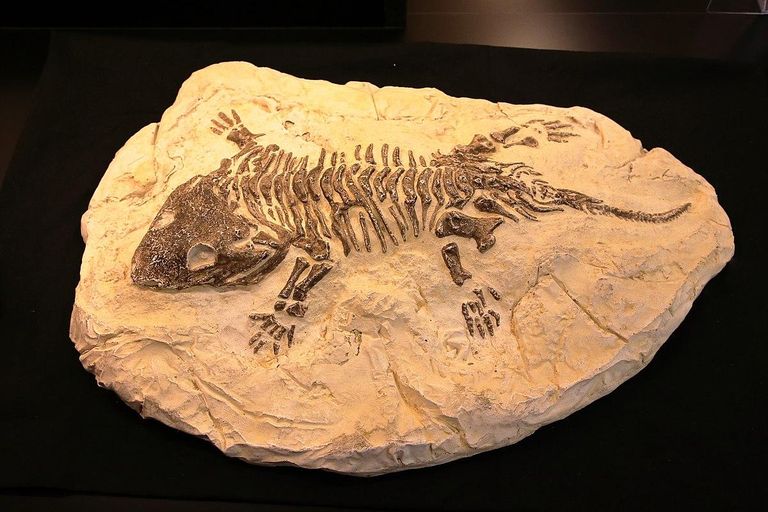
b Fossil
This leave was found in the desert. What does that tell me about that area a long time ago? 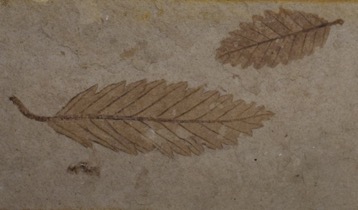
It was once covered with trees.
What type of imprint fossil is this
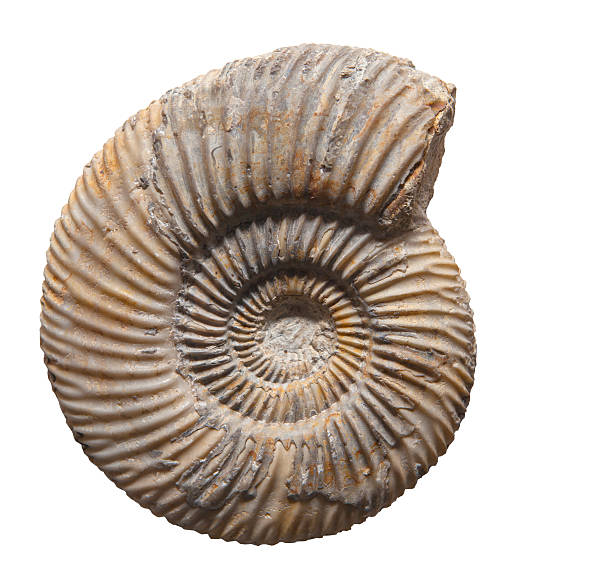
Mold Fossil
If I remove carnivores from an ecosystem, what could happen?
Overpopulation of preys, overconsumption of grass/plants by overgrazing of prey, disrupt the ecosystem.
Two moths live in a jungle. One moth is green and brown, the other is bright white. Which is more likely to survive?
Magma can form fossils
False
If you found seashells fossilized on the top of a mountain, what does that tell you about that area a long time ago?
It used to be covered by water.
These remains are an example of what type of fossil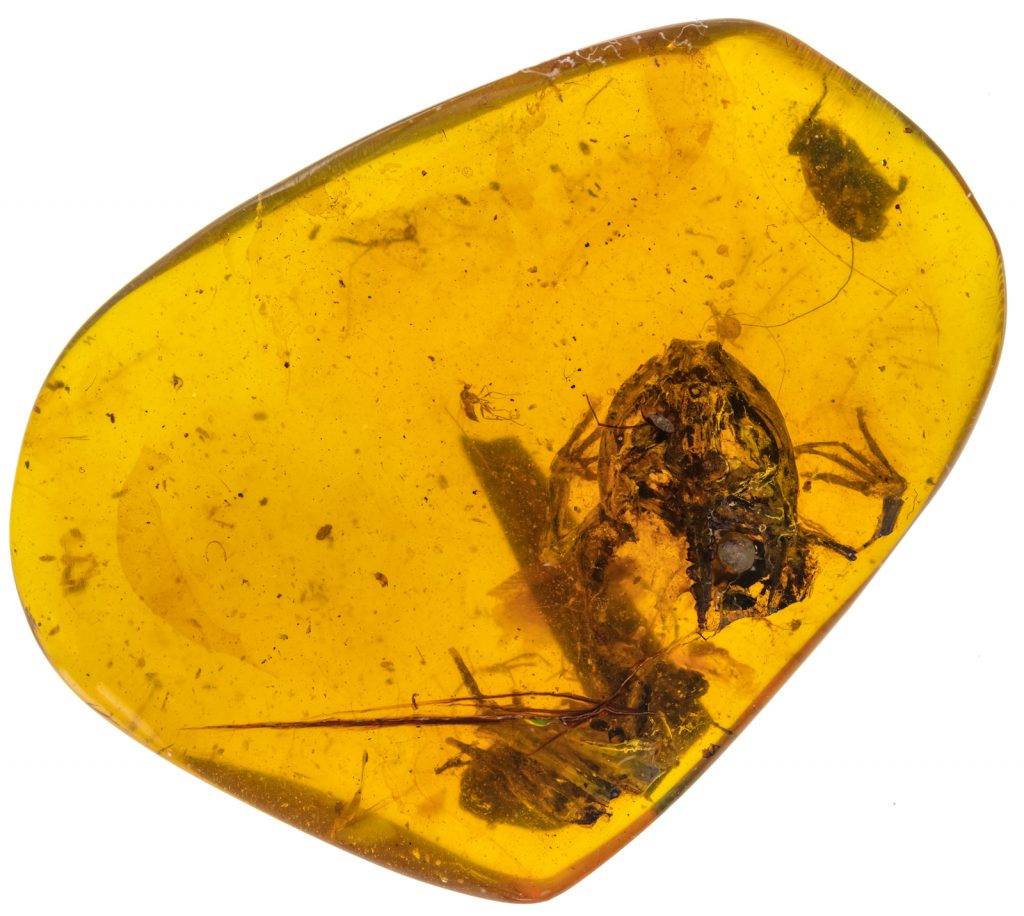
Amber
If people built a dam in a river, how would that affect the fish in the river?
some would die because it would disrupt their migration and they couldn't go past the dam
How do adaptations help animals?
They help them survive in their habitat.
An animal dies. Which of the following scenarios would most likely cause this animal to become a fossil?
The animal dies on land, and the wind blows away its bones.
The animal remains are immediately buried by sand and soil.
The animal is eaten by another animal.
The animal is burned by a volcanic eruption
The animal remains are immediately buried by sand and soil.
What can you tell me about how this organism lived? 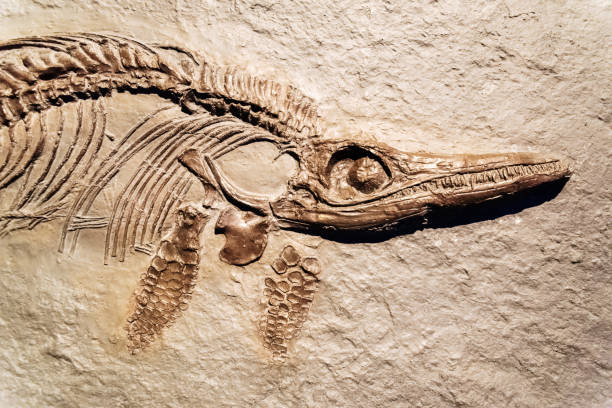
It could swim (fins), probably ate meat (sharp teeth)
what type of fossil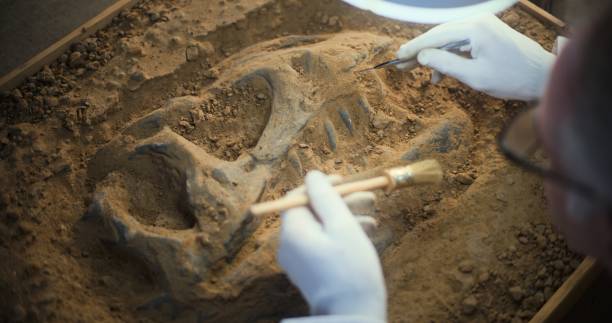
Body Fossil
If the fish in a river decreased, what would happen to the bears?
they could be harmed because there wouldn't be enough fish to eat for all of the bears.
Name one adaptation of a duck that helps it survive
webbed feet, bill, feathers
A scientist finds a fossil. It is a clue to what like was like....
a. yesterday
b last week
c. last month
d. a long time ago
a long time ago
What can you tell me about where this organism probably lived? 
In the water (fins)
True or False
Ice can fossilize remains.
True
How can people effect habitats?
Pollution, Disrupting ecosystem with manmade devices (dams, windmills, homes, etc.), displace organisms
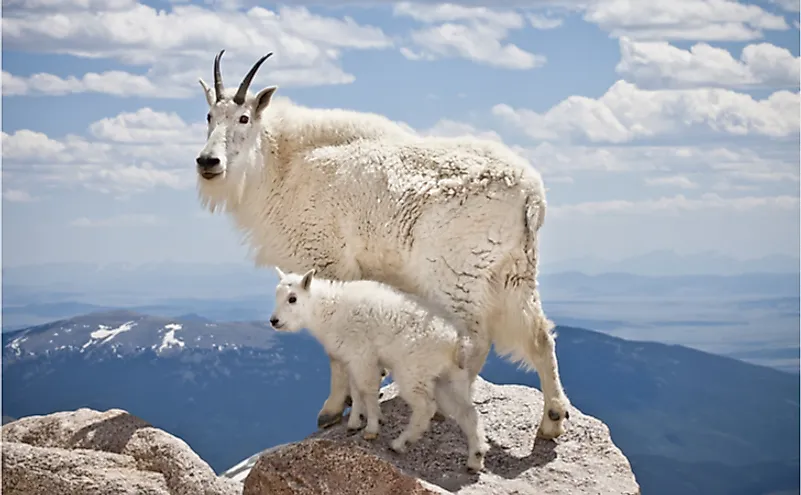 Name an adaptation of a mountain goat that helps it survive
Name an adaptation of a mountain goat that helps it survive
special hooves that protect its feet on steep mountain terrain & allow it to grip side of mtn, strong back legs for leaping, double coat for warmth, camouflage fur.